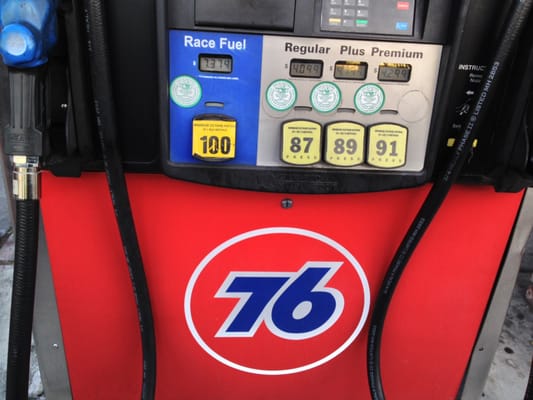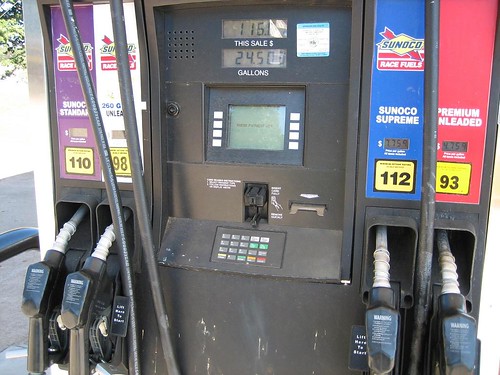bcla
On our rugged Eastern foothills.....
- Joined
- Nov 28, 2012
I've been thinking of getting a car where 93 (R+M)/2 octane unleaded is recommended. I know I can find it at some specialty gas stations nearby, but it's something like $1.50/gallon more than 91 octane premium, which is the standard here in California (used to be 92 octane). Some have even taken to buying 100 octane street legal racing fuel and blending it with 91 octane premium unleaded to get around 93 octane. It won't be cheap though, and a bit difficult to properly get the mix just right just pumping into the car; I'd guess it works better blended precisely in large gas cans.
Now I won't get deep into the reasons why we don't commonly have 92 octane gas here in California or sell 93/94 much. It's basically the high demand for premium because of all the European cars as well as many of the high performance cars with relatively small engines. There's not necessarily enough high octane base fuel to go around, and 91 is the bare minimum for most cars that use premium unleaded. We also have a specific blend requirement in California and we can't import fuel from out of state that doesn't meet the California reformulated fuel requirements.
When I was in the suburbs of Philly earlier this year, I saw that every Sunoco station sold 94 octane, and I think most Chevron stations. I noticed the same thing on vacation in Florida a few years back. Around where I live there are a reasonably high number of cars that (more or less) require 93 octane - newer Porsches, Subaru WRX STi, and exotics. I'm not sure there's a lot of demand, but it's available and not selling at a huge premium.
So - it's weird here in California - almost backwards of what would make sense. We have a lot of cars that could use this stuff and a lack of places that sell it.
Now I won't get deep into the reasons why we don't commonly have 92 octane gas here in California or sell 93/94 much. It's basically the high demand for premium because of all the European cars as well as many of the high performance cars with relatively small engines. There's not necessarily enough high octane base fuel to go around, and 91 is the bare minimum for most cars that use premium unleaded. We also have a specific blend requirement in California and we can't import fuel from out of state that doesn't meet the California reformulated fuel requirements.
When I was in the suburbs of Philly earlier this year, I saw that every Sunoco station sold 94 octane, and I think most Chevron stations. I noticed the same thing on vacation in Florida a few years back. Around where I live there are a reasonably high number of cars that (more or less) require 93 octane - newer Porsches, Subaru WRX STi, and exotics. I'm not sure there's a lot of demand, but it's available and not selling at a huge premium.
So - it's weird here in California - almost backwards of what would make sense. We have a lot of cars that could use this stuff and a lack of places that sell it.



